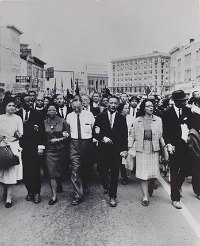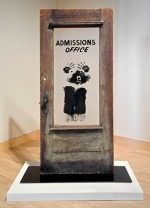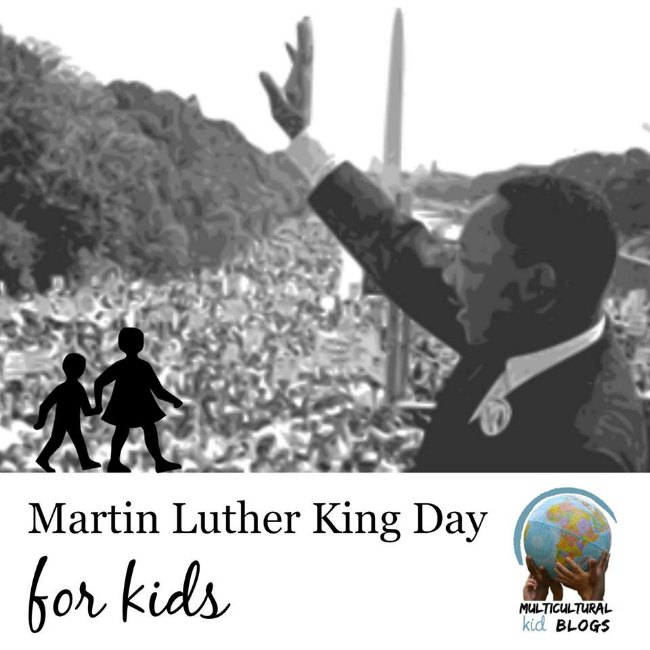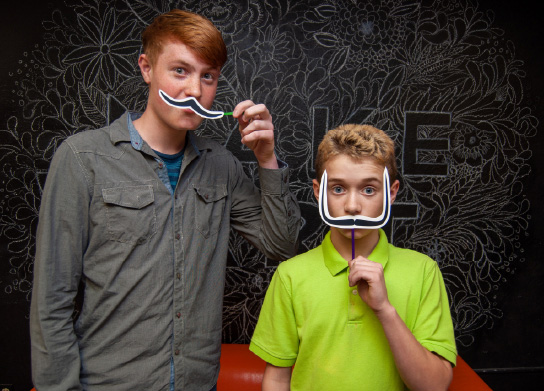Today, I’m going to share with you some important Civil Rights art. Art is such a vital tool to understanding the emotions, beliefs, and ideas of people throughout history. Art gives us insights into people like no other can. Please, use these artworks to supplement your social studies lessons about this time period and also use the list of civil rights art as an avenue to discuss the influences behind current events.
Big Idea: Art helps us understand the emotions, beliefs, and ideas of people in a particular place during a particular time.
To help discuss artwork with your kids, read this post for tips.
Remember to have the students look, discuss, write, and think about the artwork before giving them any information about the artwork. Use the questions below or one of my free art appreciation worksheets as a starting place. I also have a 20-pack of worksheets available for in the Art Class Curator Store if you want more options.

Art Appreciation Worksheet Bundle
This art worksheets bundle from the Art Class Curator includes 25 ready-to-use art worksheets for use with individual works of art. The worksheets for art in this document are designed to work with lots of different types of artworks, so you can just pick an artwork, print a worksheet, and start the activity. Each has instructions at the top and plenty of space to do the activity.
Recommended Age: 5th grade and up
Andy Warhol, Race Riot, 1964
Pop artist, Andy Warhol, wasn’t particularly known for his serious artworks. However in this work, he employed his usual strategies of repetition and color that he used he did in his iconic works of Campbell’s Soup Cans and portraits of Marilyn Monroe to create and emotional and political impact. The photograph repeated in Warhol’s artwork is of police officers in Birmingham sicking attack dogs on a retreating black man.
Although some might argue that the repetition of the image desensitizes us, I think the repetition forces the viewer to keep looking and keep thinking about the subject. The addition of the colors, especially taking into consideration the symbolism of red, white, and blue, enhances the emotion of this civil rights art and adds powerful commentary to the photos.
David Hammons, The Door (Admissions Office), 1969
This artwork packs such a punch that I don’t really think it needs many words from me. Hammons made a print of his body on the admissions door highlighting the struggles African Americans had in pursuit of an education. The figure looks desperate to get in, but the door is locked.
This would be an excellent artwork for a poetry activity. Have students take the role of the figure in the painting and try to think from his or her perspective.
Jae Jarrell, Urban Wall Suit, circa 1969
Not all art at this time was about the brutality and the darkness, many black artists embraced positivity and connectedness in their work. This artwork by fashion designer, Jae Jarrell, captures the spirit of excitement that came from the rallies, speeches, and marches that proud people together.
I want you to read what Jae Jarrell wrote about this time here at the Brooklyn Museum website. She writes about her experiences in COBRA, the Coalition of Black Revolutionary Artists. It’s powerfully written and her pride for the work they did together shines through her words and her art. The short article also tells about this artwork, so head over there to learn more!
Speeches, marches, rallies, and demonstrations filled the airwaves, newscasts, and Black artists’ consciousness nationwide. It was a call to all the aesthetically endowed to show up! Bring it: outspoken word, music with infectious cadence, images that look like me and mine, fond titles of ‘Sister’ and ‘Brother,’ and the Black community was utopia. — Jae Jarrell, June 2013
Sam Gilliam, Red April, 1970
Usually, art that looks like this has no other sort of alternative meaning or reference. Artists are careful to give titles like “Untitled” or “Composition #34” or whatever. In this case though, Sam Gilliam took this Abstract Expressionist style and infused it with meaning and emotion. He called his painting Red April which refers to the April 1968 assassination and subsequent rioting in Washington, D.C., where the artist lived. I had chosen a more illustrative example for this slot, but I liked the idea of choosing something without a clear meaning, so students can think about how to express emotions and stories without showing any specific imagery.
Moneta Sleet Jr., Rosa Parks, Dr. and Mrs. Abernathy, Dr. Ralph Bunche, and Dr. and Mrs. Martin Luther King, Jr. leading marchers into Montgomery, 1965

What a powerful photograph! Make sure you click it so you can see it bigger to really get the full effect. It includes many of the most important leaders of the Civil Rights Movement including Dr. and Mrs. Martin Luther King, Jr., Rosa Parks, and others. But it also includes thousands of ordinary citizens fighting for African American citizens’ right to vote. They marched from Selma, Alabama to the state capitol, Montgomery. Just over four months later, the 1965 Voting Rights Act was signed into law.
This photograph captures the solidarity, the power, the emotion, and the spirit of the time. The photographer photographed Martin Luther King, Jr. several times and won the 1969 Pulitzer Prize for his photo of Dr. King’s widow at his funeral.
The Smithsonian’s website, History Explorer, has a great PDF resource for learning about historical photographs. Visit this link and then scroll down and click “Engaging Students with Primary Sources.” There is a chapter on photography.
Civil Rights Art Resources
Free Resources on the Web:
- Oh Freedom! Teaching African American Civil Rights Through American Art at the Smithsonian – More Artworks, Lesson Plans, and Student-created podcasts
- Witness: Art and Civil Rights in the Sixties
- Engaging Students with Primary Sources
Please note, this post includes Amazon affiliate links. As an Amazon Associate I earn from qualifying purchases.









